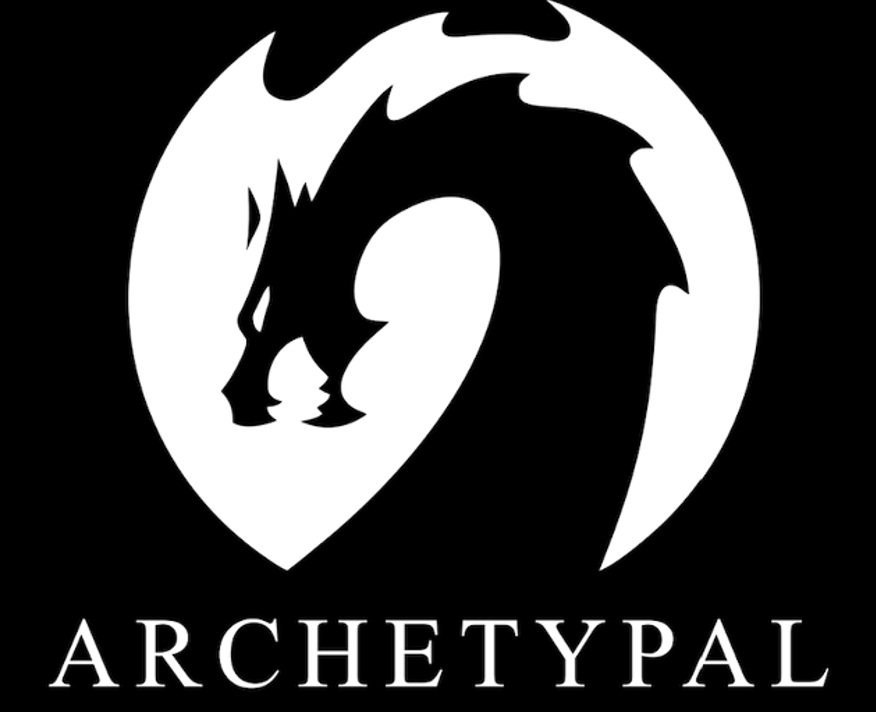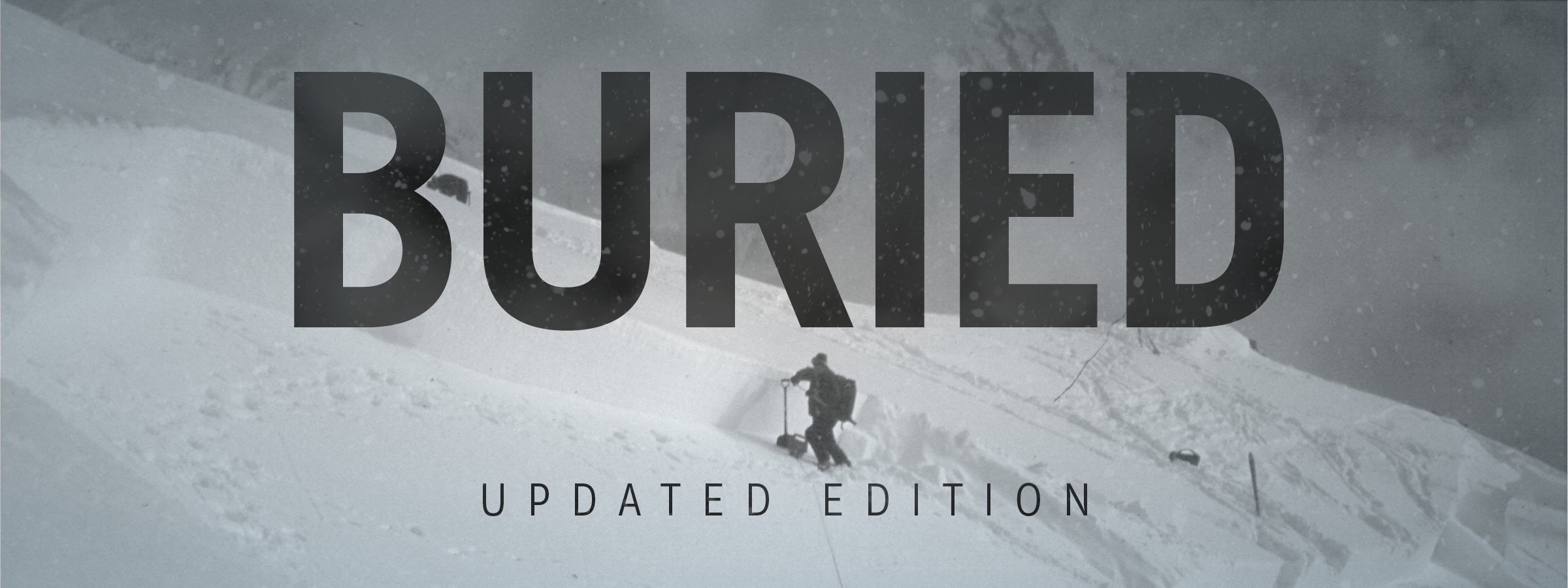The Tragic Hazards Of Cover-Up
Duncan MacPherson
On this day, August 9th, thirty four years ago Duncan MacPherson lost his life at the Stubai Glacier Resort in Austria by collision with a snow groomer. There was no intent to harm Duncan. It seems apparent that his death was a terrible accident. It is what happened after his death that was criminal.
Publication of the tragedy
The practice that elevates humans from other beings, is that we honour our dead. We engage rituals and ceremony that celebrate the truths about the lives of our loved ones and with these truths, we metabolize our grief and find closure. This process settles our hearts so that we can carry on with our lives in peace. This right to human dignity has been denied to Duncan MacPherson, his family, and his friends.
There was a crime that came after Duncan’s death. Persons at the Stubai Glacier obfuscated every aspect of the tragedy that befell Duncan. They hid the fact that he met his demise by the tines of a snow groomer’s tiller by pushing and burying his body in a crevasse telling no one, seemingly for fear that the truth would negatively affect business. This act, intended to make the situation disappear, has only served to make sure that there is no peace for anyone.
Fourteen years after his death, and after Lynda, Bob MacPherson had spent more than three hundred days combing the Austrian landscape, Duncan’s body melted out of the ice. Eventually it told the story about his demise. To this day, the members of the Stubai Glacier Resort, and the Austrian authorities violate his death, the practice of forensic science, and the legal system by failing to honour the evidence that Duncan’s body and his equipment reveal. Even the recorded date of his death is inaccurate, marked as July 18th, 2003 instead of August 9th 1989.
Injuries consistent with the spacing of snow groomer tines.
Amazingly, the knowledge of this story only recently came into my awareness. Mountain tragedy is not theoretical to me. I have lived through the reality of people dying in my care. I have faced their families and told them the truth and through this have transcended second victim syndrome, which is the trauma and guilt that happens when people in one’s care die. Healing for me and others was a process of addressing, owning and sharing publically the mistakes I made. I have written about this process in the book Buried. Although this undertaking is difficult, it is not nearly as hard as my mind made it out to be. The demons I imagined in my head crumbled when I faced them, turning them into angels. Through it I regained my humanity and an understanding of the importance of managing the hazards after a tragic incident.
The story of a 2003 Avalanche Tragedy.
The secondary hazards of failing to be honest about a tragedy are profound. A lack of transparency means that learning does not occur. Repeat catastrophes are often the wasteful result. Secondly, the hazards to the family of the victim(s) can be serious. Stress can result in negative impacts with quality of life, health, finances, relationships and career. The passage of those that die deserve the best we can muster. Next, the impact on those directly involved with the tragedy are also a danger to them, their families, and their community. The burden of secretly knowing the truth becomes too much, leading to alcoholism or drug abuse, health problems, and social or employment issues. Often these individuals become dangerous to themselves and those around them because of an erosion of their decision making capacity over time. (drunk driving is one example) Finally, the lack of integrity of a company or industry has long term effects on business, through the erosion of trust. Only truth can create trust.
In Duncan’s case the notion of statute of limitations is being used to prevent an accurate investigation and prosecution of the crime, but there is no expiration date on the truth. It is always valuable to tell because it is where freedom resides for everyone. No business, or worldly possession is worth selling our soul to keep. In the end the only thing we really have is our life and our integrity. These are the only things that have any lasting value. The ability to look at ourselves in the mirror, and like who we see is the greatest gift we can give ourselves.
The mountains are a sacred place. They always tell the unvarnished truth and invite us to do the same. The greatest human value is courage, moral courage. It is by being courageous, that we craft a life of integrity and freedom. The truth vaporizes the steel bars of the cages our lies create, so that we can live in freedom and without fear.
The adventure industry cannot longer afford to behave in this manner. For more information about how to manage hazards post incident, contact me at ken@archetypal.ca
Video Courtesy of CBC




